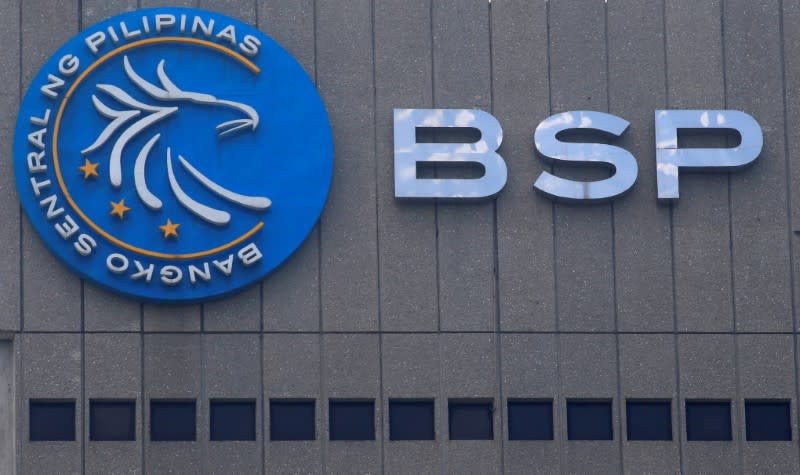Philippines Decision Guide: Lone Rate Hike Candidate in Region

With Indonesia and Vietnam cutting interest rates in the past two months and Thailand fending off pressure to do the same, the Philippines is emerging as the region’s lone candidate for a rate increase this year.
While all economists surveyed by Bloomberg predict Bangko Sentral ng Pilipinas will hold its benchmark rate at a record-low of 3 percent on Thursday, a separate poll showed almost half forecast an increase by the fourth quarter.
Asia’s worst-performing currency this year and surging credit growth may give the Philippine central bank reason to tighten policy. So far, officials have held off since there’s little sign that an economic boom is fueling price pressures.
Here’s what to watch for in today’s rate decision:
Inflation
Consumer prices rose 3.1 percent in August from a year ago, up from 2.8 percent in July, well within the central bank’s target band of 2 percent to 4 percent. Governor Nestor Espenilla said last month inflation may quicken next year to 3.7 percent.
“It’s a difficult balancing act,” said Eugenia Victorino, an economist at Australia & New Zealand Banking Group Ltd. in Singapore. “While the fundamentals call for tightening, inflation and inflation expectations are still very much within the target. If they don’t raise rates, they could use other tools to address risks in specific sectors.”
Credit Demand
Commercial bank loans have risen quickly this year, with mortgages surging more than 20 percent. Bangko Sentral adopted measures in the past to cool the property sector, including capping the value of real estate that can be used as loan collateral.
The economy is headed for a sixth year of growth exceeding 6 percent, among the world’s fastest.
Click to see table on Philippine economic growth forecasts
Peso Risks
Faster growth has fueled demand for imports, causing the trade balance to deteriorate, and in turn, contributed to the currency’s weakness. The peso is among the few Asian currencies to have fallen this year, dropping 2.7 percent against the dollar.
Espenilla said in August the central bank is prepared to raise rates if it sees signs the economy is growing too fast, while it’s tolerating a weaker currency for now.
“The currency has weakened, the economy is growing pretty quickly and you’d expect inflation pressure to start coming through,” said Alice Fulwood, an economist at UBS Group AG in Singapore. “Stronger inflation pressure next year is one of the reasons they’ll be raising rates.”
–With assistance from Michael J. Munoz and Ditas Lopez.To contact the reporter on this story: Karl Lester M. Yap in Manila at kyap5@bloomberg.net To contact the editors responsible for this story: Nasreen Seria at nseria@bloomberg.net Jason Koutsoukis
COPYRIGHT © 2017 Bloomberg L.P

 Yahoo Finance
Yahoo Finance 